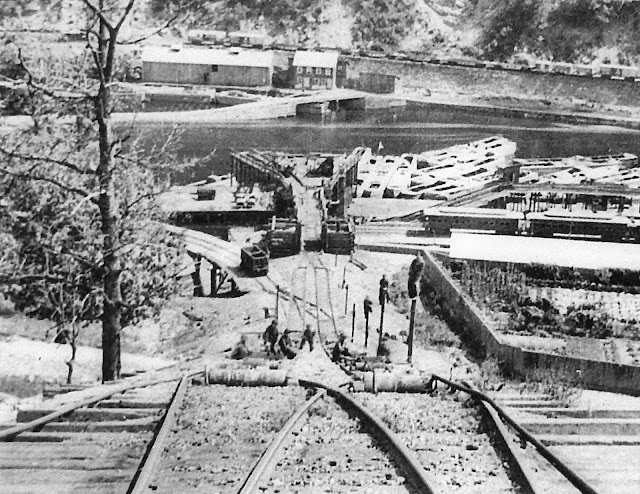US Highway 97 in Alaska

The Territories of Puerto Rico, Alaska and Hawaii were included in the Federal Aid Highway Act of 1956 , with the latter two, Alaska and Hawaii preparing to become US states, which they would become in 1959. As such, a question arose as to whether the US Route system could be expanded into these new future-states as well. While a US Highway that entered another state, or was over 300 miles in length would be impossible in Hawaii, it would be easily possible in the vastness that is Alaska, and thus a push was made to give the Alaska Highway the US-97 designation. US Highway 97 has been mostly the same since it was first designated 1934, running from Weed, CA in the south where it started at US-99, now Interstate 5, to the Canadian Border north of Oroville, WA. But in trying to connect the future State of Alaska to the Lower 48 in a more concise way, the idea of a northerly extension to US-97 gained serious traction, to the point where signs were actually created for t...


